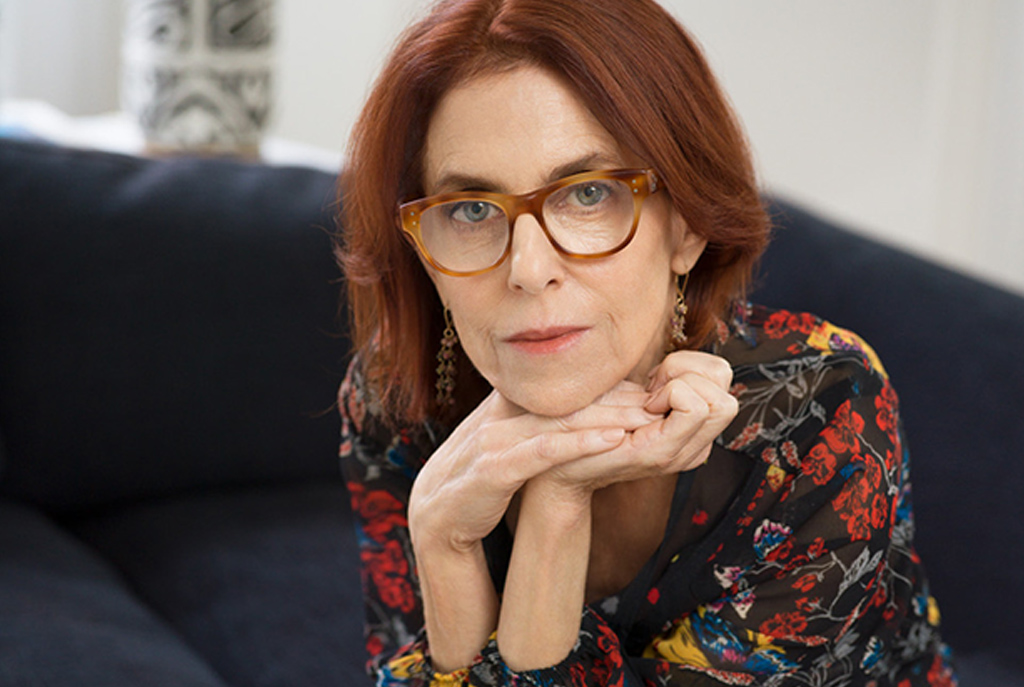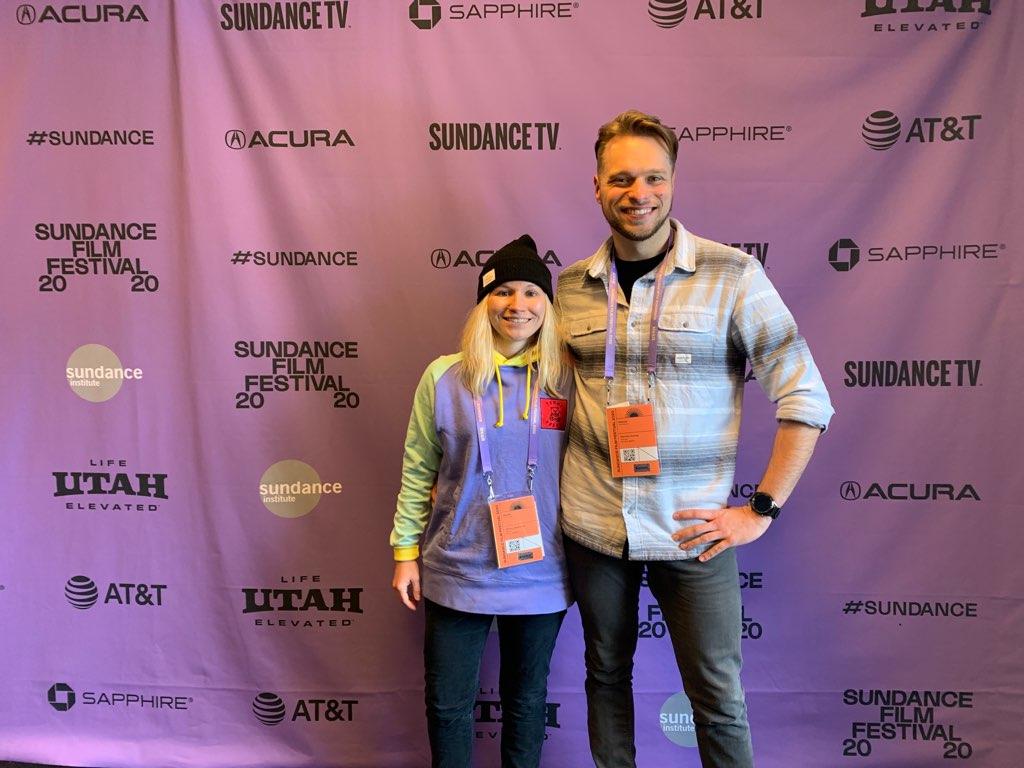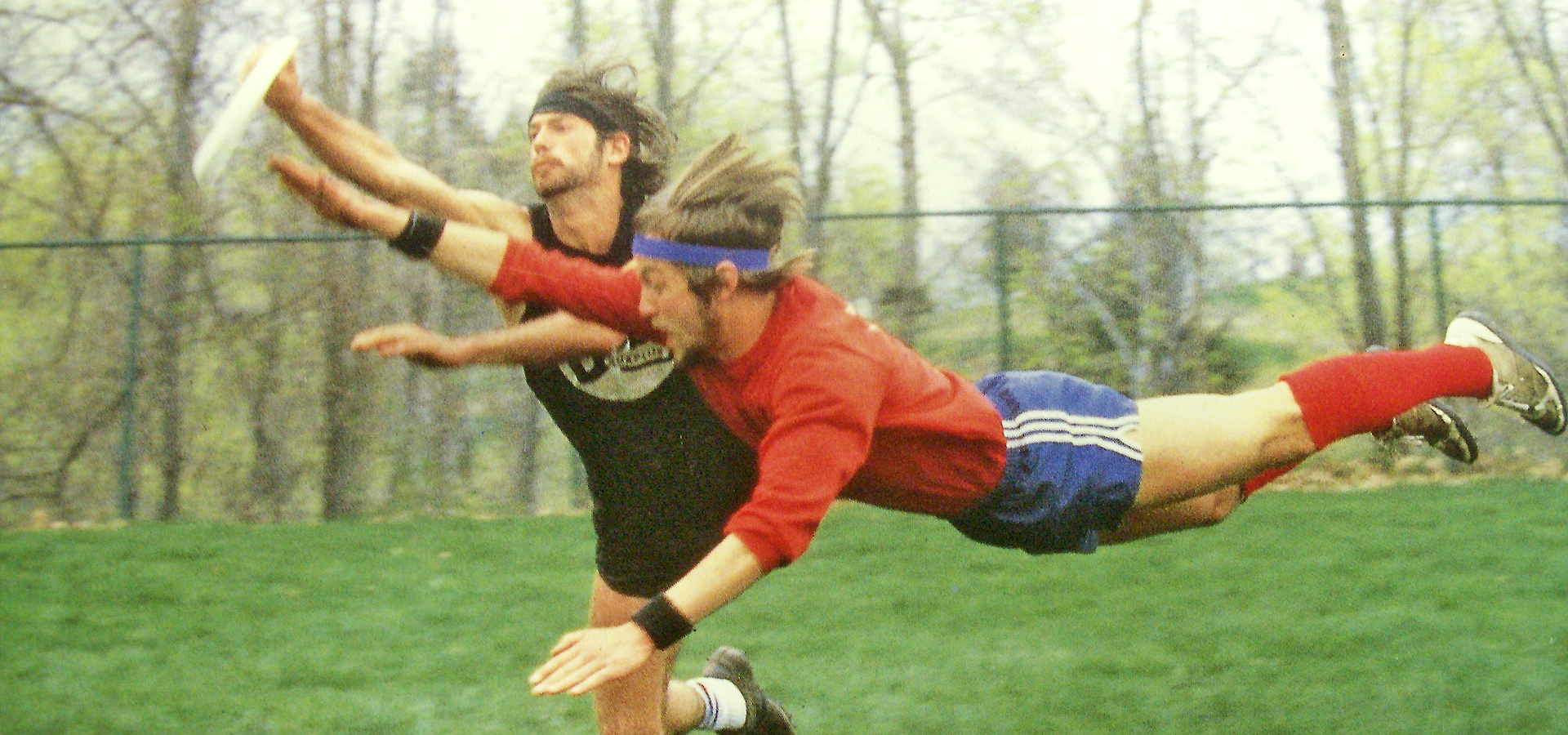Inspiration for Hannah’s War: Dr. Lise Meitner


One of the great luxuries of living in New York City is having access to the Public Library’s extraordinary microfilm collection; it was there that I read the issue of The New York Times on the day the Americans dropped the atomic bomb on Hiroshima. In the Times’ summary of the complex and secret history of the Manhattan Project, one paragraph leapt off the page: “The key component that allowed the Allies to develop the bomb was brought to the Allies by a ‘female, non-Aryan physicist.’” Who was this woman? And why isn’t her face staring out of every science textbook?
So began a 10-year quest that took me deep into the history of the atomic bomb and the physics that propelled it. My mystery woman was Dr. Lise Meitner, an Austrian female scientist, a Jew, working at the highest levels of research at the Kaiser Wilhelm Institute in Berlin. I tore through her diaries and letters and discovered that she and her partner, Otto Hahn, were on the verge of splitting the atom when Austria was annexed. Meitner’s privileged position, and all the protections her colleagues had promised, evaporated within six terrifying hours, as she fled Berlin within minutes of being captured and sent to the camps.
Otto Hahn, who remained in Berlin, was so dependent on Meitner that he continued to collaborate with her, even after she’d fled to Sweden. He sent her the results of their experiments on postcards via courier. It was Meitner not Hahn, who analyzed the results and discovered that they had split the atom. Because she was Jewish, the papers published in Germany did not have her name on them; if they had borne her name they would immediately have been discredited as “Jewish Physics.” It wasn’t surprising to find that rabid anti-Semitism in Germany had prevented Meitner from getting the credit she had earned.
It was surprising (although, in light of what we now know about scientists like Rosalind Franklin, perhaps it shouldn’t have been) to discover that sexism also accounted for Meitner’s erasure from history. After the war, when Hahn was awarded the Nobel Prize for the discovery of nuclear fission, he conveniently left the record uncorrected, robbing Meitner of the Nobel Prize she rightfully deserved. Hahn rationalized her exclusion, and others, including a misogynist Nobel committee, buried her role ever deeper. The Nobel “mistake,” was never acknowledged, much less rectified.
What I found as remarkable as Meitner’s genius was the strength of her moral compass. She cared little about ego and credit; she pursued her passion for physics because she loved nothing better, and because she understood that she had a gift she couldn’t squander. She was, in fact, quite ambivalent about her role in the scientific breakthrough that lead to the atomic bomb, as her own words reveal:
“Those blessed with a brilliant mind and a gift for science have a higher duty that comes before discovery, a duty to humanity. Science can be used for good or evil; so it’s incumbent upon scientists to ensure that their work makes the world a better place.”
 I wrote HANNAH’S WAR in part to show my daughter and her peers that history is filled with remarkable women of towering achievement and of deep humanism; we need only look beyond the authorized texts to see hem. I wrote to shine a light on one of these women, and I hope HANNAH’S WAR will be a beacon for all women, in my daughter’s generation and beyond, to live not only with authenticity and pride, but also with the support and acknowledgement of the wider world.
I wrote HANNAH’S WAR in part to show my daughter and her peers that history is filled with remarkable women of towering achievement and of deep humanism; we need only look beyond the authorized texts to see hem. I wrote to shine a light on one of these women, and I hope HANNAH’S WAR will be a beacon for all women, in my daughter’s generation and beyond, to live not only with authenticity and pride, but also with the support and acknowledgement of the wider world.
Why, given my success as a writer/director of film and television, did I choose to write a novel rather than a screenplay? I knew that the race between the Allies and the Germans to create the Atomic Bomb provided a compelling backdrop. The tantalizing possibility of using the twists and turns of an espionage thriller, and the lush beauty of an epic romance to shed light on the story of this woman was intriguingly cinematic. But, if I wanted to have the freedom to explore the dilemmas that splitting the atom unleashed, the moral ambiguity of the unholy alliance of science and the military, I sensed I might strain the strict structural parameters of a screenplay. I also worried that film might be too hostile of an environment for the full dimensionality of Dr. Hannah Weiss, fiercely brilliant, independent, guarded, and even prickly. One need only look at the 2020 nominees for best picture to see that films often prefer for women to be seen but not heard like Margot Robbie in Once Upon a Time in . . . Hollywood, or Anna Paquin in The Irishman.
I’d encountered that problem personally with my screenplay about the W.A.S.P. —the Women Air Service Pilots in World War Two. Even with a great script and with Cameron Diaz and Nicole Kidman attached, no one wanted to make a movie about female pilots. Given Hollywood’s track record, I was nervous —and appropriately so—to write a film with a female physicist in the lead. Novels, on the other hand, have historically been excellent homes for complex and compelling women.
Dr. Lise Meitner had fought the battle for recognition in her own time, ending up as an unnamed footnote in The New York Times. I couldn’t imagine dooming her alter-ego to a similar fate. Alongside her fictional sisters—Anna Karenina, Emma Bovary, Becky Sharp, Mrs. Dalloway, Shug Avery, Clarice Starling, and Jo March—I decided Dr. Hannah Weiss would be in extremely good company.
Jan Eliasberg ’74, P’19 is an award-winning writer and director. ˆHannah’s War is her debut as a novelist. In March 2020, just after the book’s release, she sat down for a Q&A on writing her first novel.


